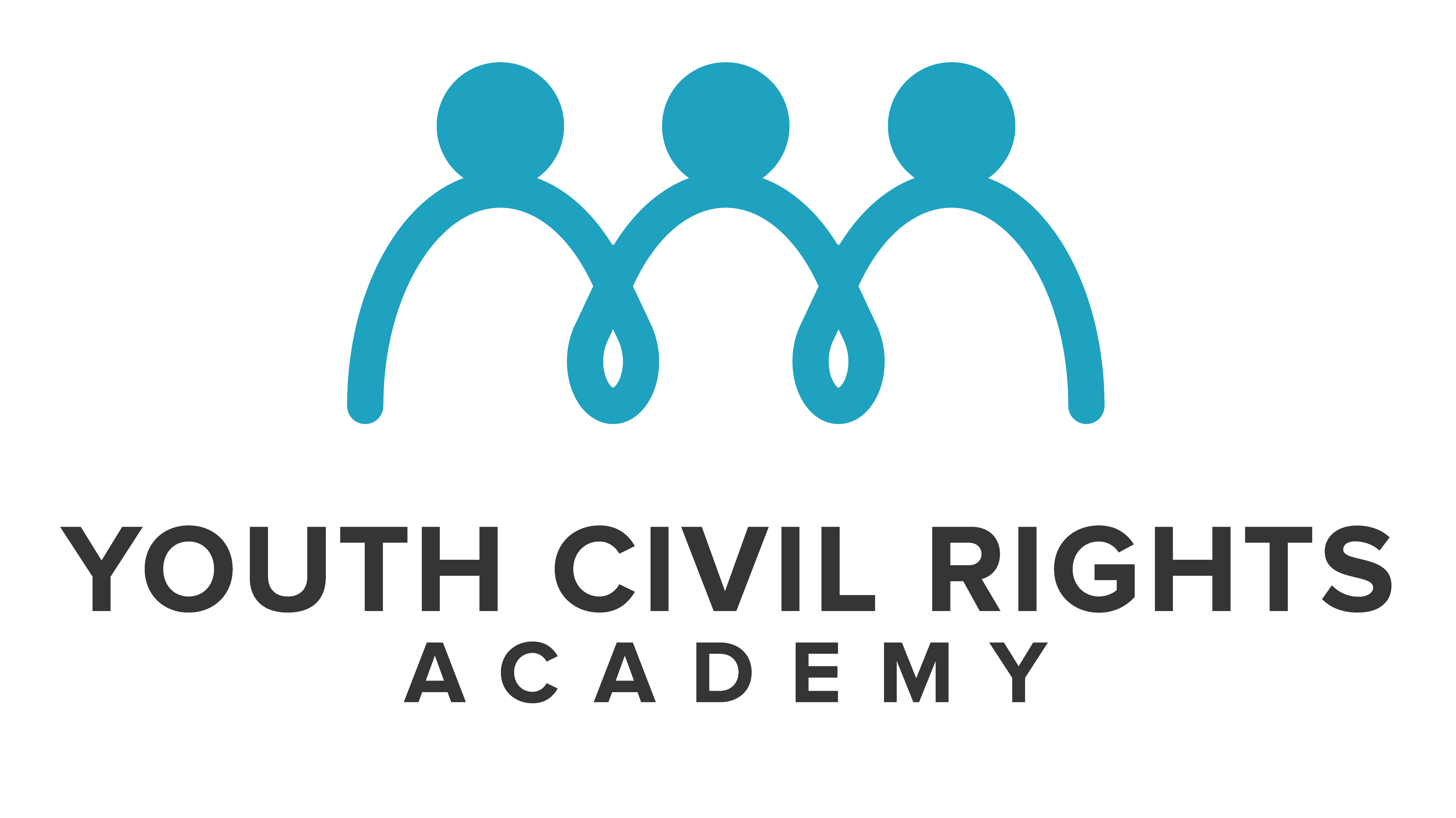
Teaching for Social Justice
With more than thirty years of education experience, Maureen Costello now directs the Southern Poverty Law Center’s Teaching Tolerance Project, including the award-winning Teaching Tolerance Magazine. In this segment, Maureen reflects upon her choice of teaching as her career, and how she chose teaching because of her commitment to social justice.Maureen’s Teaching Tolerance website is an exceptional resource for teachers for whom education is a vehicle for learning about identity, diversity, justice, and action. This is one of a series of online segments in which Maureen Costello speaks about teaching for social justice. The Youth Civil Rights Academy is honored to have Maureen as a member of its Faculty Advisory Committee.
QUESTIONS TO CONSIDER AND DISCUSS
- Why did Maureen choose teaching as a career?
- What career have you chosen, and why? Are there ways to strengthen social justice in your work and, if so, how?
- How well do you handle discussion of race and other sensitive issues in the classroom? If you wanted to strengthen your facilitation skills, what would it be?
- According to Maureen, what are some actions that teachers could take to strengthen social justice in the school? What are some steps that you yourself could take?
There is need for a new generation of modern civil rights leaders, for a society that is becoming more segregated and more diverse.
Young people have played pivotal roles in past struggles for civil rights, but today’s schools have deemphasized civil rights education and some students — and teachers — cannot answer even the most basic questions.
Too many young people believe that civil rights is past history in which they cannot participate. Or, they think that civil rights is about a single group but — in society which is becoming more diverse — does not include them. Modern civil rights leaders will need more than superficial familiarity with heroes and holidays, but will be expected to strengthen social justice, and challenge discrimination in their everyday lives, regardless of race, class, gender, religion, or sexual orientation.
In this segment, Maureen Costello talks about future education in a society that is both segregated and also diverse. This is one of a series of online segments in which Maureen Costello speaks about teaching for social justice. The Youth Civil Rights Academy is honored to have Maureen as a member of its Faculty Advisory Committee.
QUESTIONS TO CONSIDER AND DISCUSS
- Do you agree with Maureen that American schools are becoming more diverse, or would you say there is more segregation? What about your own school?
- If you asked your students if their school is segregated or diverse, what would they say? What if you asked them about the causes and consequences of segregation and diversity?
- In civil rights education, should you place special emphasis on race, or should you also discuss class, gender, religion, sexual orientation, or other identities? If you emphasize diversity, can it weaken the struggle for racial justice?
- What is your present level of knowledge about race, class, gender, religion, sexual orientation, or other identities? What are some steps you could take to become more proficient?
- If you were asked to teach a course to prepare modern civil rights workers, what would it be? Would you include content on social and political action, for example, and if so, what approach would you use?
Here, Maureen Costello talks about the Teaching Tolerance website which provides resources for teachers concerned about civil rights and social justice education, including information about curricula, courses, lesson plans, experiential exercises, and other learning activities.
She speaks specifically about Teaching Tolerance’s Perspectives for a Diverse America, a literacy-based curriculum that marries social justice content with the rigor of the Common Core State Standards; and The Anti-bias Framework, a set of anchor standards and age-appropriate learning outcomes divided into four domains—identity, diversity, justice and action.
Mix It Up at Lunch Day encourages students to identify, question and cross social boundaries. Teaching Tolerance surveys have identified the cafeteria as the place where divisions are most clearly drawn. So for just one day, students are asked to move out of their comfort zones and connect with someone new over lunch. Studies have shown that interactions across group lines can help reduce prejudice, and that when students interact with those who are different from them, biases and misperceptions can fall away.
This is one of a series of online academy segments in which Maureen Costello speaks about learning and teaching issues. The Youth Civil Rights Academy is honored to have Maureen as a member of its Faculty Advisory Committee.





